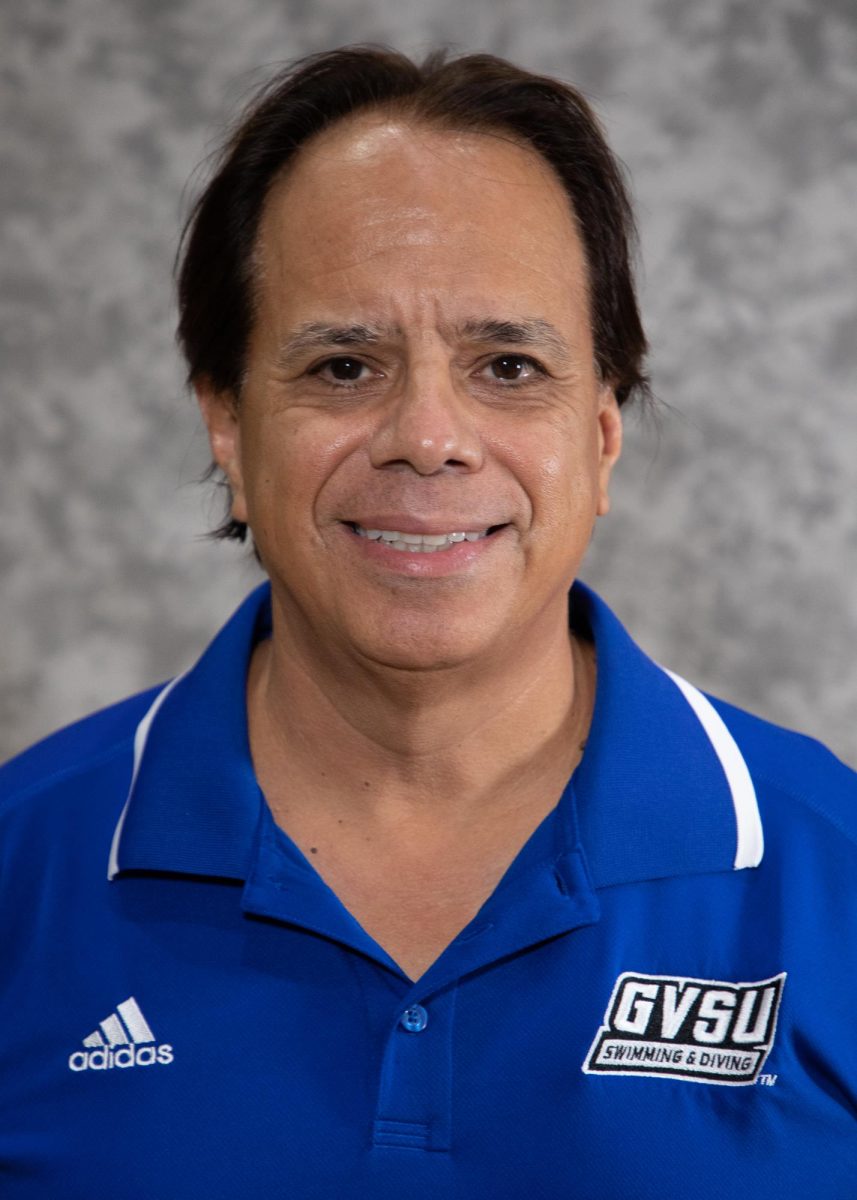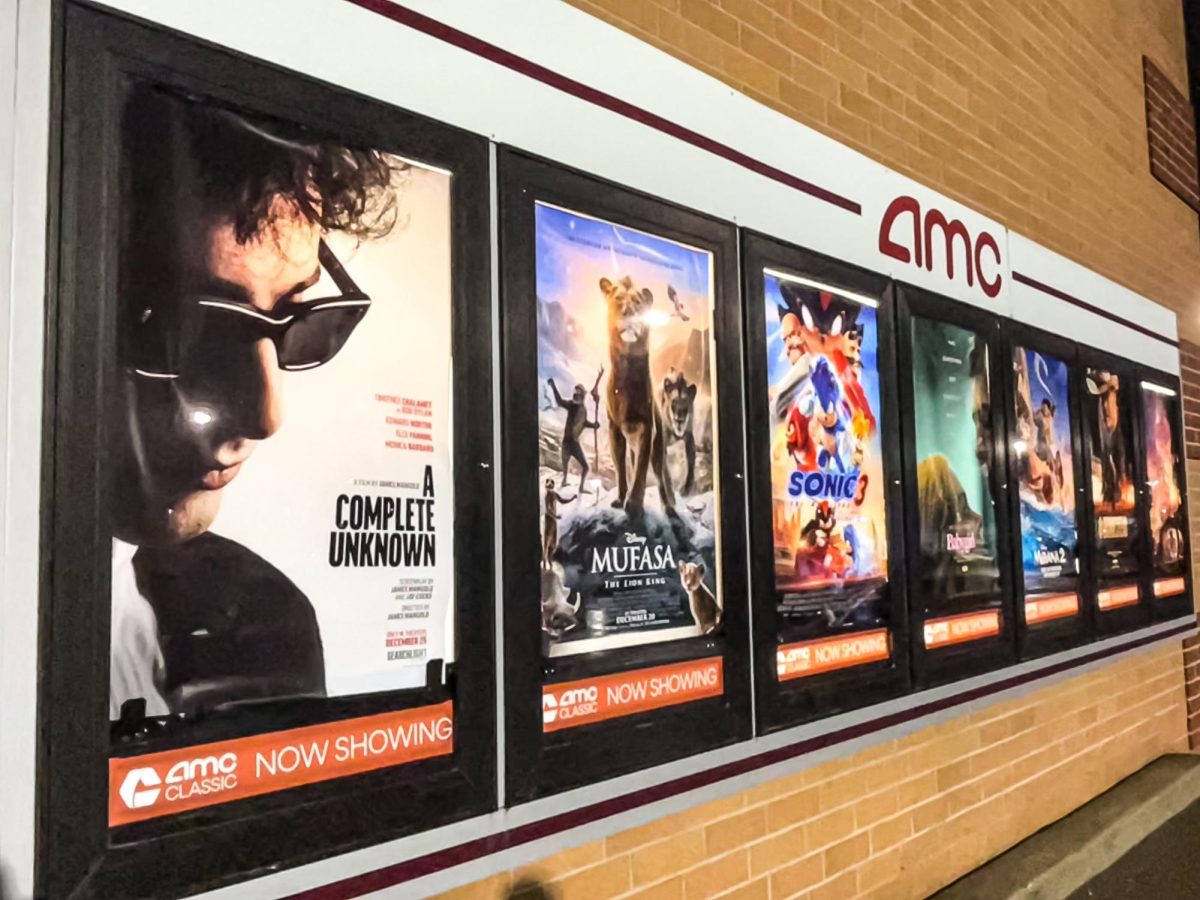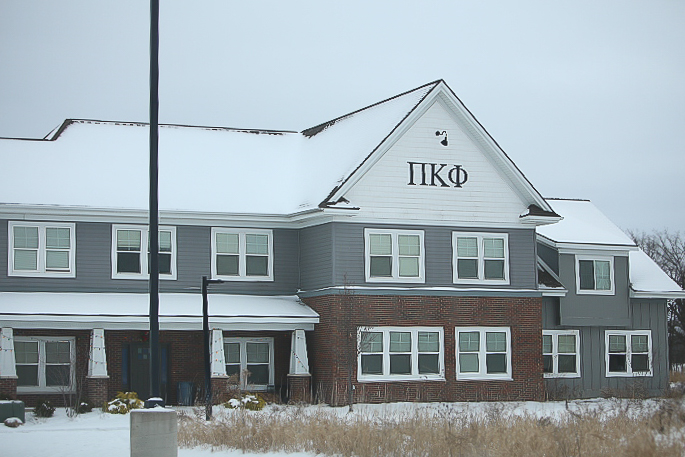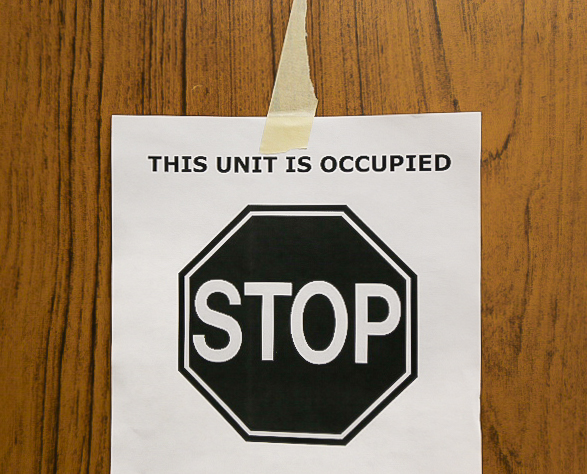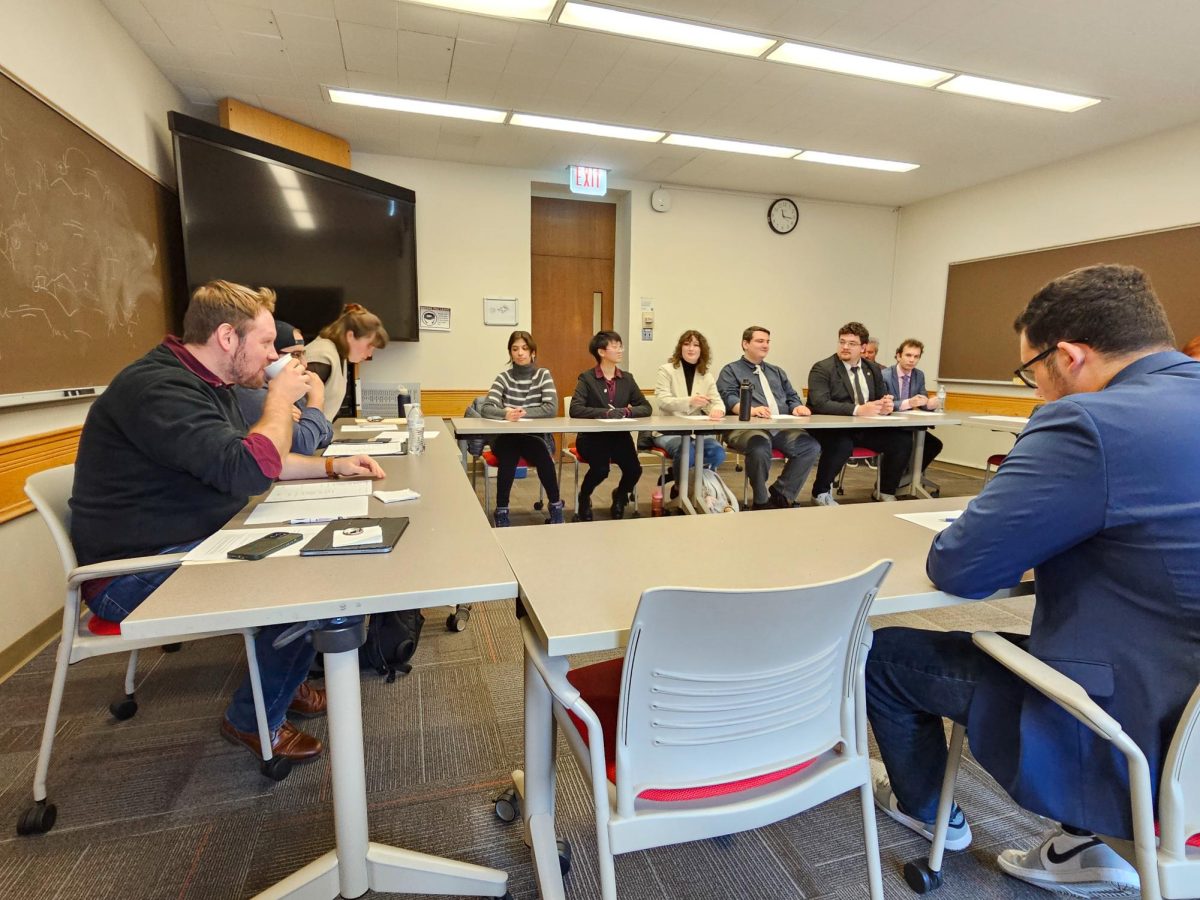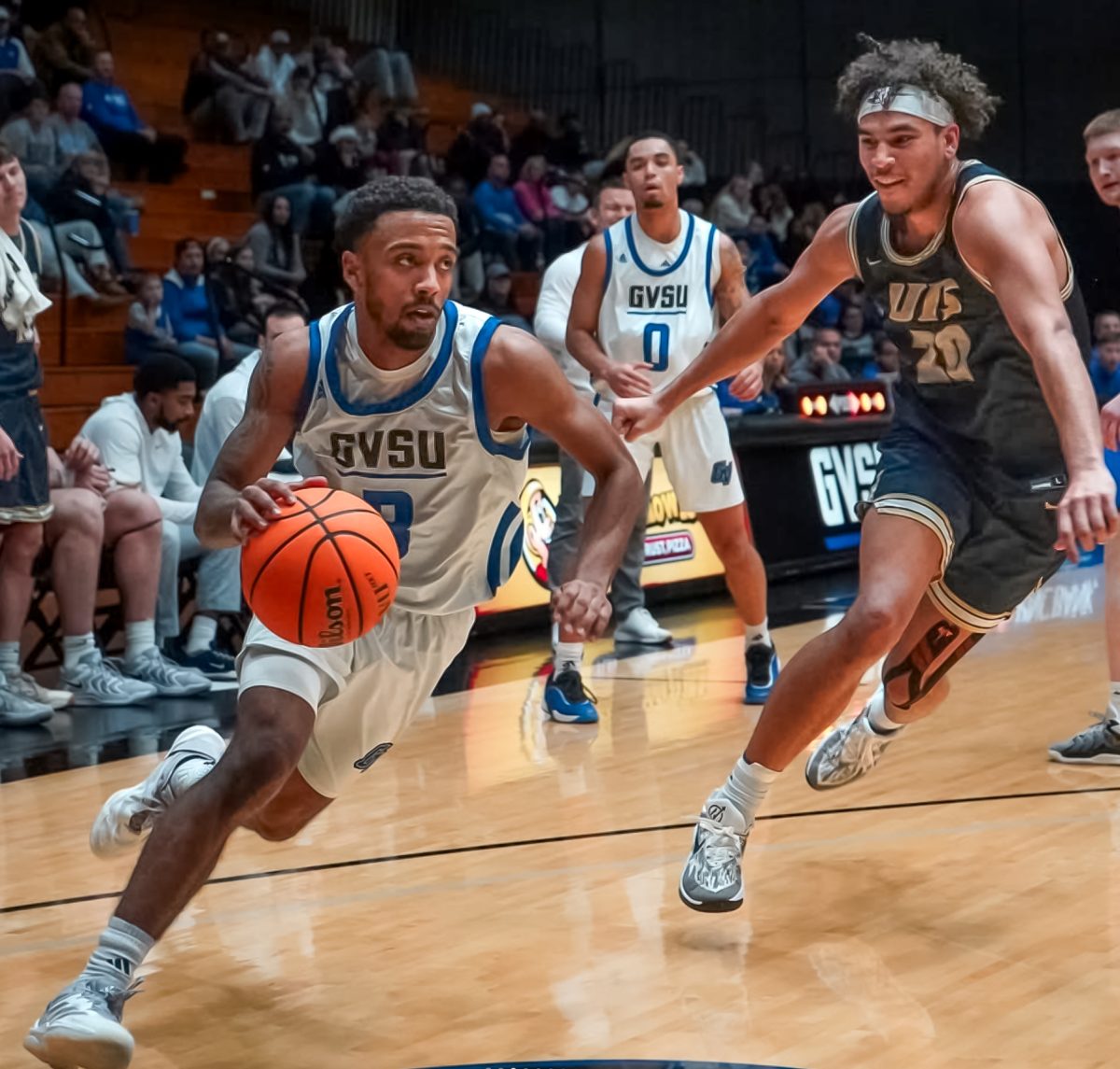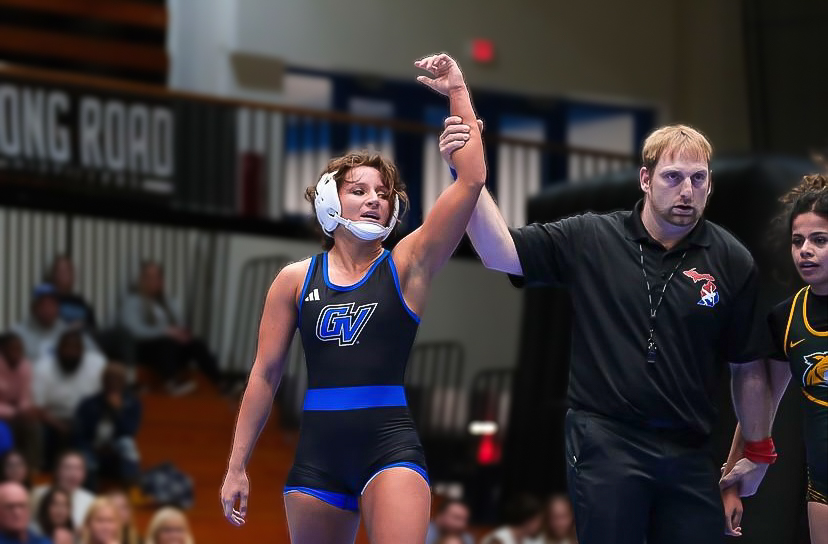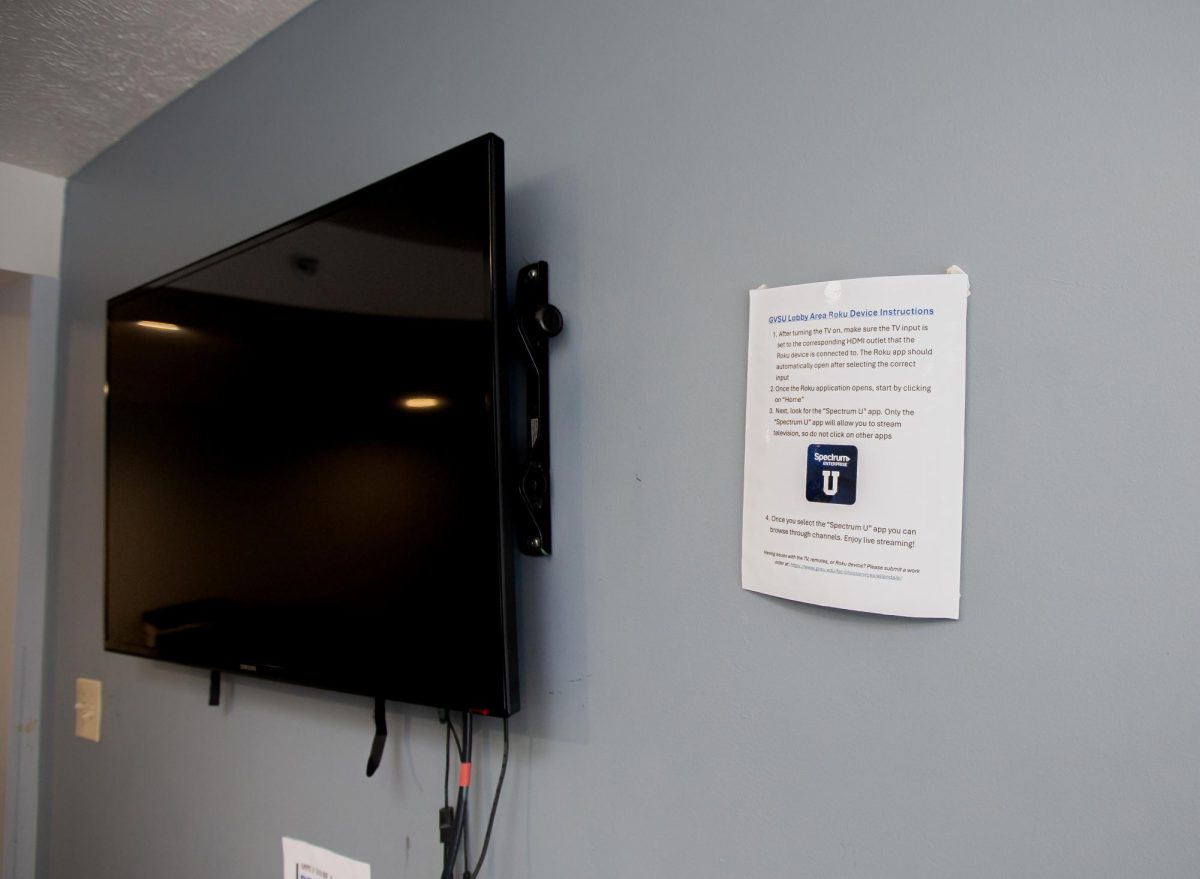What other schools don’t want you to know about GVSU
Sep 15, 2013
Last week, The Lanthorn published two very interesting yet ostensibly conflicting articles: the first,
a report on the current state of the Honors College and the expansion of its student body; the
second, an editorial that suggests a hike in the selectivity of the Honors College would garner more
prestige for GVSU. The content of the first article, however, seems to provide a different
perspective than that of the editorial. In the first article, Lizzy Balboa quotes Honors College
Director Jeffrey Chamberlain, who champions the natural growth of the Honors College and wishes
to use its resources to provide for its continued expansion. This approach, Dr. Chamberlain
suggests, leads to a natural leveling-off of the acceptance rate of the Honors College. What is
more, that leveling-off leaves the door to the Honors College open to students who, though they
did not receive a 36 on their ACT, will nevertheless be highly successful at GVSU and beyond.
These two perspectives are different, I think, in their view of how an Honors College ought to
function with respect to its university. The difference can be summed up with this question: does
the selectivity of an Honors College increase the selectivity of a university, or does the selectivity of
a university increase the selectivity of an Honors College? A meaningful question, indeed; but I
would highlight the point on which both perspectives agree: our university is a serious competitor
with other schools for great students. Notice, for instance, that each article focuses on how many
students now choose GVSU over many other schools, all older, better established, and perhaps
“more prestigious.” Such institutions cited in both articles include the University of Michigan,
Northwestern University, and Oberlin College—not too shabby for a school that’s younger than the
parents of most freshmen.
I would echo the editors’ and Dr. Chamberlain’s enthusiasm for the competitiveness of our school.
Consider, also, the speed with which the university has become a major competitor. Not too long
ago, our campus consisted of a couple buildings, a tent in which convocation was held (we didn’t
have a building big enough to fit everyone), and a few saplings sprouting out of a vast green lawn,
an image that earned our school the nickname “Grass Valley.” Since then, we’ve been fortunate
enough to have benefactors willing to facilitate our veritable explosion—one obvious testament
being the Mary Idema Pew Library. We’ve also had administrators who champion undergraduate
education; professors whose commitment to teaching has enticed prospective students away from
Research One universities; and seniors who receive Fulbright scholarships, become leaders in their
field, or matriculate to grad schools in the Ivy League. We’ve come a long way in so little time.
But there is, unfortunately, something of a downside to being so young—one that works against the
editors’ and Dr. Chamberlain’s progressive vision. The problem is this: our past isn’t even past.
Still looming in the minds of those who went to college not fifteen years ago, or who are ignorant
of many of our achievements, or even who have taught at GVSU since its earlier years, is the old
GVSU—the one that hadn’t yet been able to build up its prestige, or refine its image, or define itself
as anything more than an “up-and-coming university.” This outdated attitude has, in turn, led to
something even more disturbing: we students still foster a campus culture that, at least in part,
reinforces our image, our collective attitude, as less-than the big, old schools. For instance, we
wear the apparel of other schools like U of M or MSU. We visit those schools on the weekends.
Perhaps we even plan to transfer to one of them after a couple years at GVSU. In short, we feel as if
we have to compensate for something. By no means a conscious choice made by any of us, we’ve
nevertheless lived with and have thus accepted the notion that our school doesn’t have the
resources or the tradition to compete with “the best of the best.”
My conclusion is this: the testimony paired with the vision and optimism of both Dr. Chamberlain
and the editors of The Lanthorn contradict whatever obsolete self-image we have—at least in part—
lazily accepted. The truth is, in a very short time, GVSU has become a major competitor in higher
education, specifically in terms of attracting new, promising undergraduates. It’s time we embrace
that happy fact.




